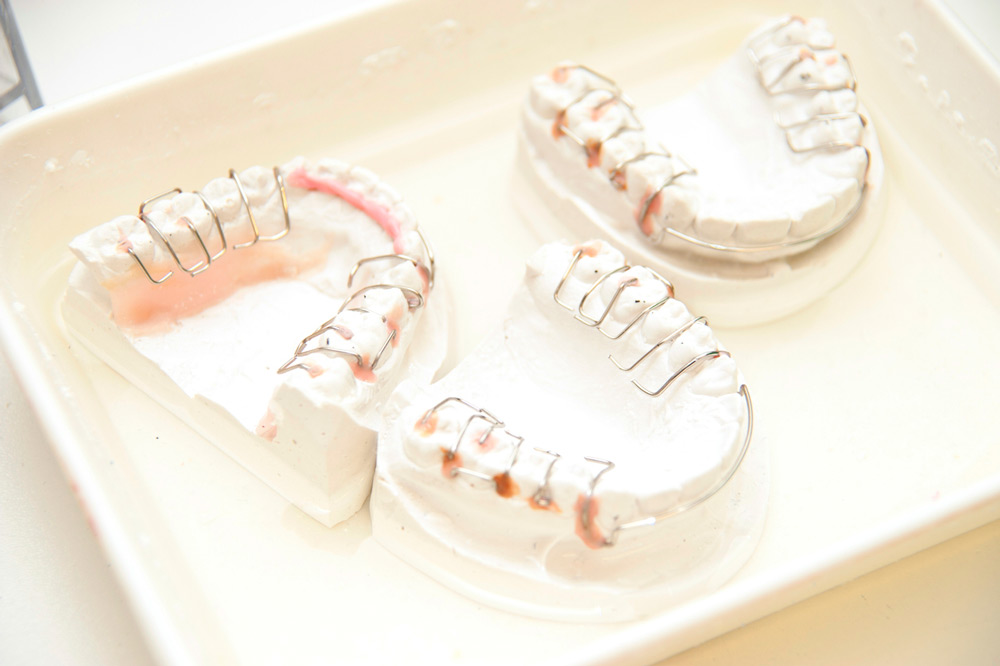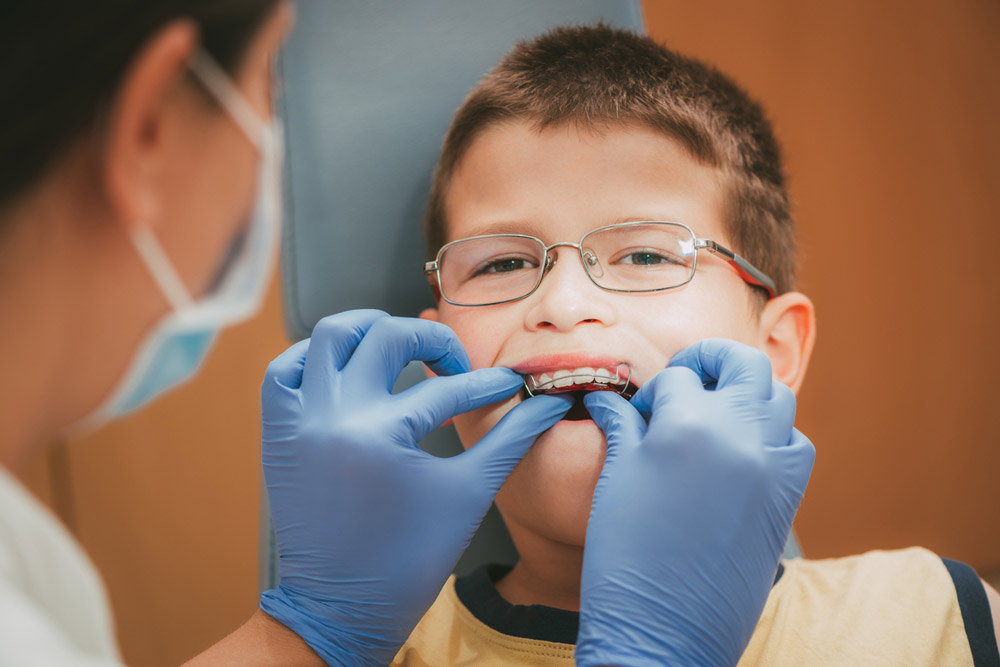Nance Appliance: What It Is and When Should You Use It?

Dentistry techniques and appliances have majorly evolved over the years and so it’s not unusual to be completely unaware of the methods your dentist or orthodontist recommends. For some conditions or issues, whether work is required on the upper molars, need to control tongue thrusting, or need some other orthodontic treatment, there are several options available that work in similar ways and you can explore which method you would prefer with the assistance of your dentistry professional. Here, we are focusing on what a Nance appliance is, how it works, and when it should be used.
What Is Nance?
Nance is a type of holding device that is made up of stainless steel. It is a curved wire that has stainless steel bands on either end and a button-shaped fixture in the center of the arch. The bands are usually fixed around the posterior teeth, mostly the permanent molars which prevents the teeth from moving. The appliance is also used to bring certain teeth into their correct positioning to improve the bite and prevent them from moving forward into the space of other teeth. The appliance comes in two forms: removable or cemented in place for the necessary amount of time.
How Does a Nance Work?
When an appliance is fitted, the stainless steel bands are fixed to the permanent molars, and the curved arch of the rest of the appliance is fitted to the roof of the mouth. It is fitted to the roof of the mouth by a piece of acrylic. This prevents any unwanted movement from the molars and, in some cases, can manipulate the teeth into moving to the desired position. The appliance can be cemented into place and kept there for a specific amount of time, or it can be made removable. While the removable option may seem more desirable, the fixed option usually has a better effect. If the molars have moved only slightly, then the dentist will likely recommend a removable one. If the movement is more drastic, then the Nance will be cemented in place for maximum effect.
Who Benefits from a Nance Appliance?

Nance appliances are usually used on children as they have been proven to be much more effective when children are still growing. When children’s baby teeth become loose and fall out at an early stage, the first molars that come through will likely move forward as there aren’t any teeth to stop them from doing so. When the Nance is used, the molars are held back so that the other teeth are free to come through. If a child has a removable Nance, then they should remove it when participating in sports activities. Other than that, it is advised that the Nance is worn as often as possible. The length of time that a Nance is required will depend on the condition of the child’s teeth. Because the appliance is fitted to the roof of the mouth and loops around the teeth toward the back rather than the front, it isn’t visible to others. It might feel quite bulky at first but with time it will start to feel normal.
Maintenance
The routine of brushing your teeth should pay close attention to the roof of the mouth in order to prevent gum irritation. Even though the device is there it doesn’t mean that you should avoid that area, brush the roof of the mouth as well. It can be difficult to access some areas of the teeth, but they do still need to be cleaned as does the roof of the mouth. A Water Pik is a great tool to clean the acrylic button fixture making light work of cleaning food debris away. Those that have a removable Nance appliance should take it out and give it a good clean. You can brush it with toothpaste over the sink making sure that any trapped food is removed. A Nance appliance shouldn’t cause a toothache; however, if the device isn’t cleaned properly you could experience inflammation and tenderness. If friction sores occur on the gums, a simple warm water and salt mouth rinse can be applied up to three times a day for as long as needed. Any extreme irritations or sores should be examined by a dental professional as soon as possible. When an appliance like the Nance is fitted on a child, they can easily develop a habit of playing with the device with their tongues. Although it is incredibly hard to prevent this, it is advisable to try and prevent them from playing with it as it can cause more friction which leads to sores.
Limitations of Nance Appliances
After a Nance appliance has been fitted, you may find that you develop a temporary lisp. This should fade after a few days once your mouth has adjusted to having the appliance. Because the appliance is fitted to the roof of the mouth and the tissue in this area is quite soft, a Nance appliance can irritate the area after a short while of wearing it. Over time, the mouth will get used to the new appliance, but it can become reasonably tender. The mouth is the fastest healing area of the body and so any sores that have risen because of the Nance should quickly resolve. Carbonated beverages and sticky foods should be avoided as they can damage the Nance appliance. Eating crunchy or hard foods can cause the bands to come to lose and may even damage the dental cement seal. If the Nance appliance gets damaged at any point then you should visit your dental professional as soon as possible. Repairs will need to be made quickly so that the device can continue to serve its purpose.
A Nance appliance will probably be rather strange for a child to get used to but the simple fixture can play a huge part in the development of a child’s teeth. For more information on a Nance appliance, it is best to speak with your dentist.

